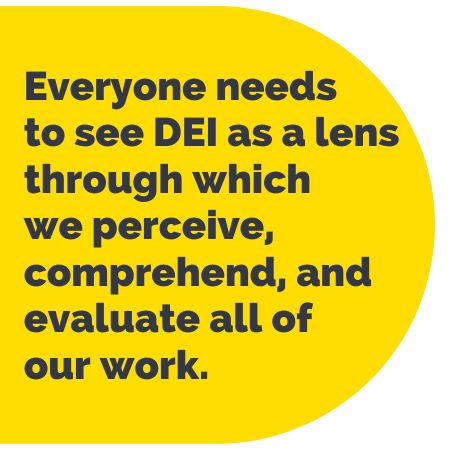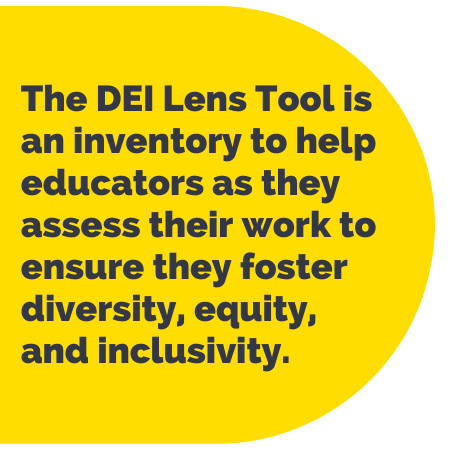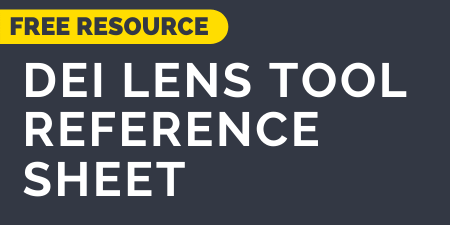Four years ago, I received an email from a teacher regarding a middle school history lesson about the tenuous relationships of the Dominican Republic and Haiti, in which key Haitian perspectives were not accurately included. The teacher, who identifies as being both Dominican and Haitian, knew the importance of including the complete perspectives of both groups of people, especially knowing that many of her students shared one or both of these identities as well. The lead lesson planner, who identifies as white, acknowledged the gaps in his knowledge and the implicit biases that were brought to light as a result. He was grateful to the teacher for her feedback and the two of them partnered to revise the unit together. This situation ended well, starting with great courage expressed by the teacher to raise this concern in the first place and then some real humility on the part of the lead lesson planner to admit his gaps and put forth a proposed solution.

Over time, I became more aware of similar situations and realized that we needed to be proactive in preventing future harm by ensuring that our curriculum was created and taught through a diversity, equity, and inclusion (DEI) lens. To make this happen, it was imperative for me to shift the organization’s thinking about DEI work. Rather than people seeing it as an isolated workstream, everyone needed to see DEI as a lens through which we perceive, comprehend, and evaluate all of our work and all of our interactions on a regular basis. Building this habit would require broadening the way people think, so in partnership with our Talent Development team, we created the DEI Lens Tool as a complement to the individual, personal work that each staff member must also do to be anti-racist.
Before we get into the overview of the tool that we developed, it is helpful if we first align on what we mean when we refer to diversity, equity, and inclusion:
Key Terms:
- Diversity as Variation: Diversity is honoring the presence of different types of people with differences in perspectives, work and life experiences, as well as religious and cultural differences. It includes but is not limited to race, color, ethnicity, nationality, religion, socioeconomic status, veteran status, education, marital status, language, age, gender, gender expression, gender identity, sexual orientation, mental or physical ability, genetic information, and learning styles. The impact and power of diversity can only be experienced when we recognize these differences and respect and value each individual.
- Equity: Equity identifies, eliminates barriers, and provides supports to historically marginalized groups. We continue to assess our systems and norms as well as provide access, opportunity, and advancement to work towards equitable outcomes.
- Inclusion: Inclusion is diversity in its fully realized form. It means we are a community of individuals—students, educators, staff, and families—working together to build an environment that values every voice, no matter their background, age, identity, or experience. We are stronger and more effective in our mission when we strive to bring our authentic and best selves and hold ourselves responsible to being an intentional community when we come together.
So, What is the DEI Lens Tool?
The DEI Lens Tool is an inventory to help teachers, curriculum developers, and support staff as they assess policies, programs, practices, curriculum, and decisions to ensure that they foster diversity, equity, and inclusivity. The tool provides questions that help staff self-check against potential biases in their work and the opportunity for feedback from peers or managers.
| KEY QUESTIONS |
|
Who is this work positively impacting? How? Who could this work negatively impact? Have you considered gender, race, religion, physical ability, location, socio-economics, learning style, personality type, title, tenure etc.? Who could be excluded by this work? How? |
|
Do you know if this work impacts groups differently? How? What does your data tell you? Does this work positively address existing differences in outcomes across groups? How? Could this effort further exacerbate existing differences in outcomes across groups? How do you know? |
|
If possible, has this work been communicated transparently? Could this work hinder feelings of belonging, especially from underrepresented groups? How are you ensuring this work is based on fair and transparent criteria? |
In addition to these questions, the tool identifies clear pitfalls to look for when engaging with curriculum and students. These pitfalls are easily transferable to other areas of work as well.
| DEI PITFALLS |
|
Assuming students have no background knowledge or understanding on the subject. |
|
Failing to connect learning to students’ communities and homes and acknowledge that learning occurs in many places. |
|
Failing to link the curriculum to the interests of the students. |
|
Failing to administer assessments and learning opportunities that give all students authentic opportunities to demonstrate their understanding. |
|
Creating and using curriculum materials that reinforce Eurocentric values as normative. |
|
Failing to closely review all parts of curriculum including:
|
Finally, there is an evaluative checklist, in which the reviewer uses the table to either self-check or provide feedback and suggestions on how the plan addresses the components of a broadened DEI lens. Below you will see an example in the context of curriculum:
|
To what extent does this work…? |
Rating |
Suggest actions that should be taken to improve in this area. |
|
Account for students’ existing knowledge, personal connection, and background on the topic. (creating space for discussion of personal experience and views. |
||
|
Use diverse examples that are relevant to student interests and identities. |
||
|
Encourage active participation from all students. (Do students feel that they belong as an important and active participant in all aspects of the learning process?) |
||
|
Demonstrate empathy towards the students and staff who are delivering the content, especially related to culturally sensitive topics. |
||
|
Incorporate perspectives, data, theories, and/or historical texts related to various racial identities. |
||
|
Incorporate perspectives, data, theories, and/or historical texts related to various socio-economic positions. |
||
|
Incorporate perspectives, data, theories, and/or historical texts related to various gender identities. |
||
|
Addresses other potential areas of diversity (physical ability, religious affiliation, ethnicity etc.). |
||
|
Have an engagement strategy that addresses different learning styles. |
||
|
Allow students to gain an understanding of how different factors (e.g. race, socio- economics, physical ability) influence outcomes and perspectives. |
What Impact has the DEI Lens Tool Had at Uncommon?
We knew the DEI Lens Tool could not be the end game or the standalone solution to building an anti-racist organization. Instead, our goal was to create the “training wheels” to shape how every instructional member of Uncommon approaches and develops their own diversity, equity, and inclusion lens. We quickly realized that the real beauty of the tool is the organic mindset around its use, its transferability across content areas, and the ability of the tool to be used by an individual or by a broader team or organization. We’re now incorporating it across our Home Office teams as well: Staff Recruitment uses it when developing interview tasks for new leaders to ensure we are hiring staff that reflect the communities we serve, and the Human Resources team uses it to ensure that they are developing inclusive policies.

Becoming an anti-racist organization involves not only big, organization-wide change, but also the personal work that every staff member at Uncommon needs to do to be anti-racist. We’re starting to see that changes to the smaller day-to-day decisions and habits that drive our work can also have a profound impact and the DEI Lens Tool has played a key role in that process.
It has been an inspiring joy to see how many teams across our network have embraced, revised, and codified the use of the DEI Lens Tool in order to create more meaningful and impactful experiences for our 27,000 scholars and 2,600 staff members at Uncommon. Stay tuned for future posts on this topic, where we will dive deeply into how we applied this tool to our 9th and 10th grade English curriculum, and more.
Click below for PDFs of all the resources referenced above:




